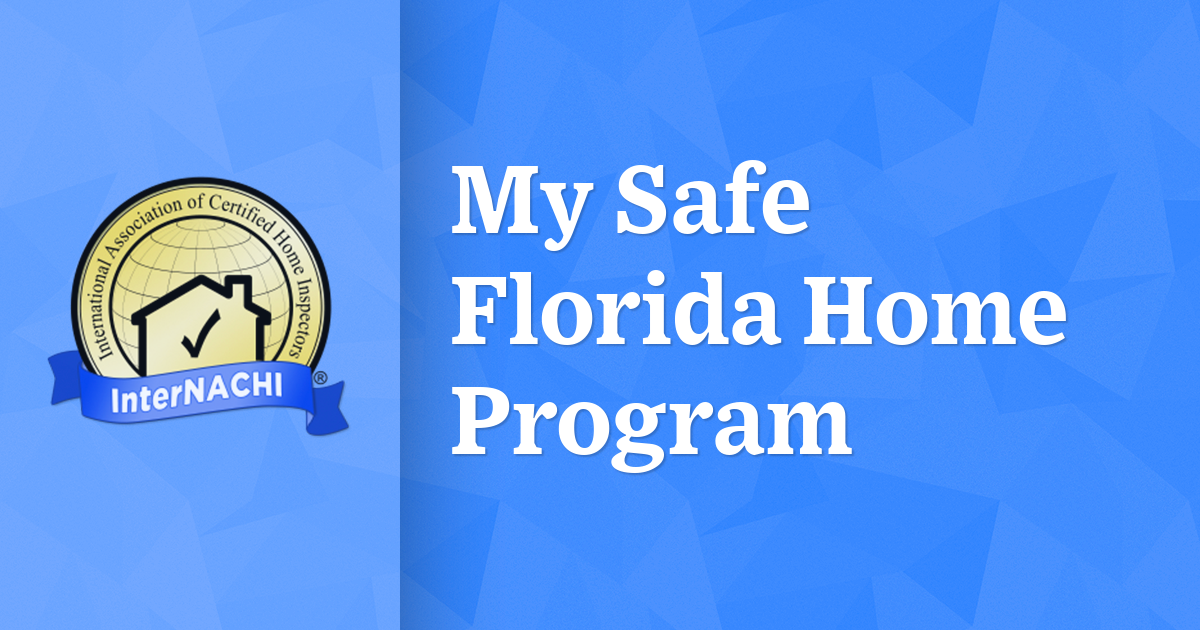In the aftermath of a disaster, individuals and families often find themselves grappling with immediate needs, including access to essential food resources.
The Disaster Supplemental Nutrition Assistance Program (D-SNAP), commonly known as disaster food stamps, is a vital program designed to provide temporary food assistance to those affected by disasters.
This comprehensive guide will walk you through the step-by-step process of applying for disaster food stamps in Florida, ensuring that individuals can access the crucial nutritional support they need during challenging times.
Understanding D-SNAP and its Purpose
Contents
- Purpose of D-SNAP: D-SNAP is a federally funded program that operates within the framework of the Supplemental Nutrition Assistance Program (SNAP). Its primary purpose is to provide expedited and temporary food assistance to households affected by disasters, helping them meet their immediate nutritional needs.
- Eligibility Criteria for D-SNAP: D-SNAP eligibility is different from regular SNAP eligibility. While regular SNAP considers factors like income and household size, D-SNAP eligibility is based on disaster-related factors such as:
- Loss of income or resources due to the disaster.
- Disaster-related expenses.
- Residency in the designated disaster area.
Steps to Apply for Disaster Food Stamps in Florida
- Activation of D-SNAP: The activation of D-SNAP is contingent on the declaration of a federal disaster or emergency by the President of the United States or the issuance of a state disaster declaration. Once activated, the Florida Department of Children and Families (DCF) works in collaboration with the Federal Emergency Management Agency (FEMA) to implement D-SNAP in the affected areas.
- Announcement of D-SNAP: Following the activation, the DCF will announce the availability of D-SNAP benefits, including details on application locations, dates, and times. This information is disseminated through press releases, social media, and the official DCF website.
- Pre-Screening: Before applying for D-SNAP, individuals are encouraged to participate in pre-screening to assess their potential eligibility. This can be done online or by phone, and it helps applicants understand whether they may qualify for benefits.
- Gather Required Documentation: Before heading to the D-SNAP application site, gather all required documentation. Commonly needed documents include proof of identity, proof of residency in the disaster area, and any documentation supporting disaster-related expenses.
- Visit a D-SNAP Application Site: D-SNAP applications are typically submitted in person at designated application sites. These sites are strategically set up in the affected areas to facilitate easy access for applicants. Check the announced dates and times for application submission and visit the nearest application site.
- Complete the Application Form: Upon arrival at the application site, complete the D-SNAP application form. This form collects essential information about your household, income, and disaster-related circumstances. Ensure that the information provided is accurate and up to date.
- Participate in the Interview Process: As part of the application process, applicants will participate in an interview. The interview allows D-SNAP staff to gather additional information about the household’s circumstances and verify eligibility. Be prepared to answer questions related to the disaster’s impact on your household.
- Provide Verification Documents: During the interview, be prepared to provide verification documents supporting your eligibility. This may include proof of residency, identification, and documentation of disaster-related expenses. Having these documents ready streamlines the application process.
- Receive Your EBT Card: Once eligibility is determined, approved applicants will receive an Electronic Benefits Transfer (EBT) card. This card is pre-loaded with a specified amount based on the household’s circumstances, and it can be used to purchase eligible food items.
- Use Your D-SNAP Benefits: D-SNAP benefits are specifically designated for the purchase of eligible food items. The EBT card can be used at authorized retailers, similar to regular SNAP benefits. Familiarize yourself with the list of eligible items to make the most of your benefits.
- Stay Informed About the Appeal Process: If your D-SNAP application is denied, you have the right to appeal. Stay informed about the appeal process and the deadlines for submitting an appeal if needed.
Tips for a Smooth Application Process
- Arrive Early: D-SNAP application sites can experience high volumes of applicants, especially during the initial days of activation. Arriving early increases your chances of a quicker and smoother application process.
- Bring Essential Documentation: Ensure that you bring all required documentation to the application site. This includes proof of identity, residency, and any documentation supporting disaster-related expenses.
- Provide Accurate Information: Accuracy is crucial during the application process. Provide truthful and up-to-date information to avoid delays in the application review.
- Stay Calm During the Interview: The interview is a standard part of the application process. Stay calm and answer questions accurately to facilitate the eligibility determination.
- Check for Updates: Regularly check official sources such as the DCF website, local news, or social media channels for updates on D-SNAP activation, application periods, and locations. Staying informed ensures that eligible individuals do not miss out on the opportunity to apply.
Conclusion
Applying for disaster food stamps in Florida through the Disaster Supplemental Nutrition Assistance Program (D-SNAP) is a crucial step for individuals and families affected by disasters to access immediate nutritional support.
By understanding the purpose of D-SNAP, the eligibility criteria, and the step-by-step application process, applicants can navigate the system effectively.
The collaboration between the Florida Department of Children and Families and FEMA ensures a coordinated effort to address the nutritional needs of communities in the aftermath of a disaster.
Staying informed, participating in pre-screening, and actively engaging in the application process empower individuals to access timely assistance during challenging times.
D-SNAP stands as a testament to the commitment to community support, helping rebuild lives and restore stability in the wake of disasters.


